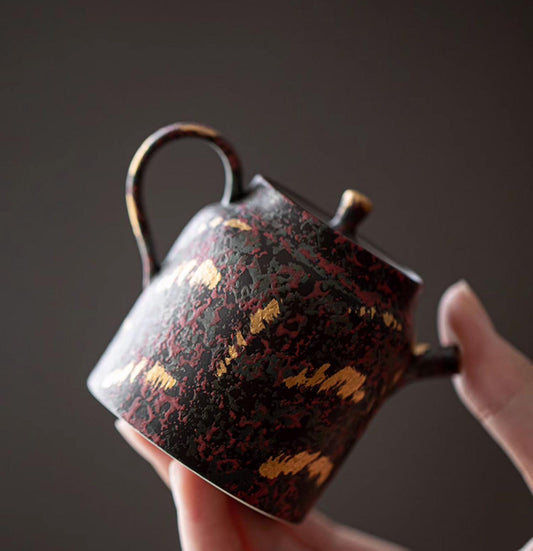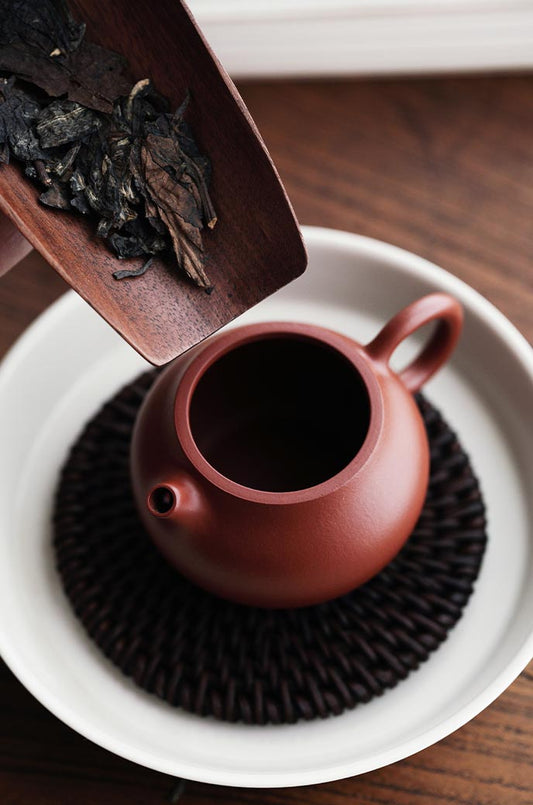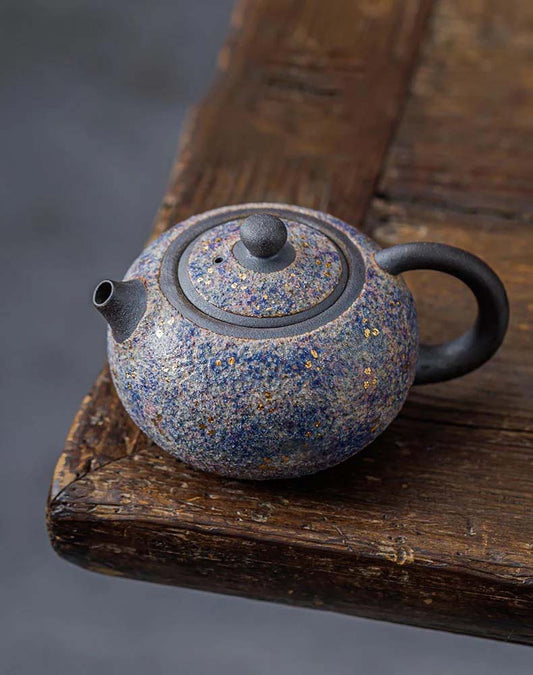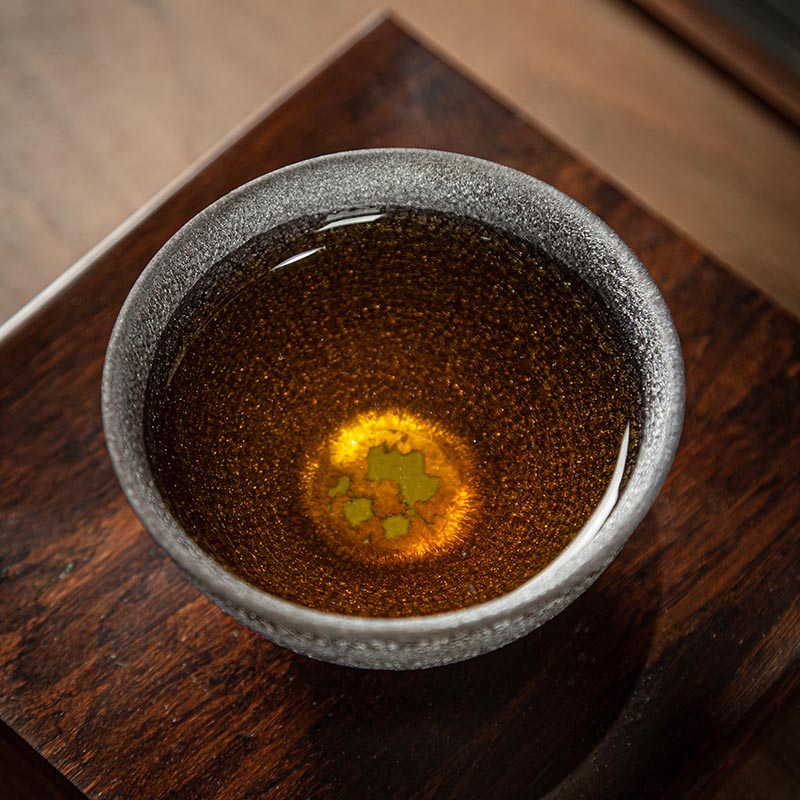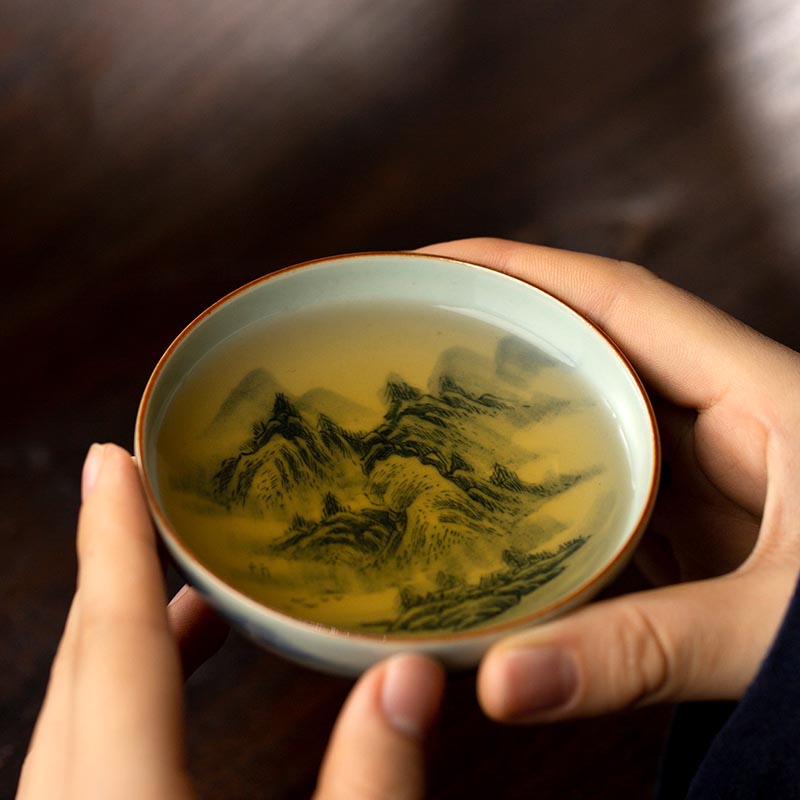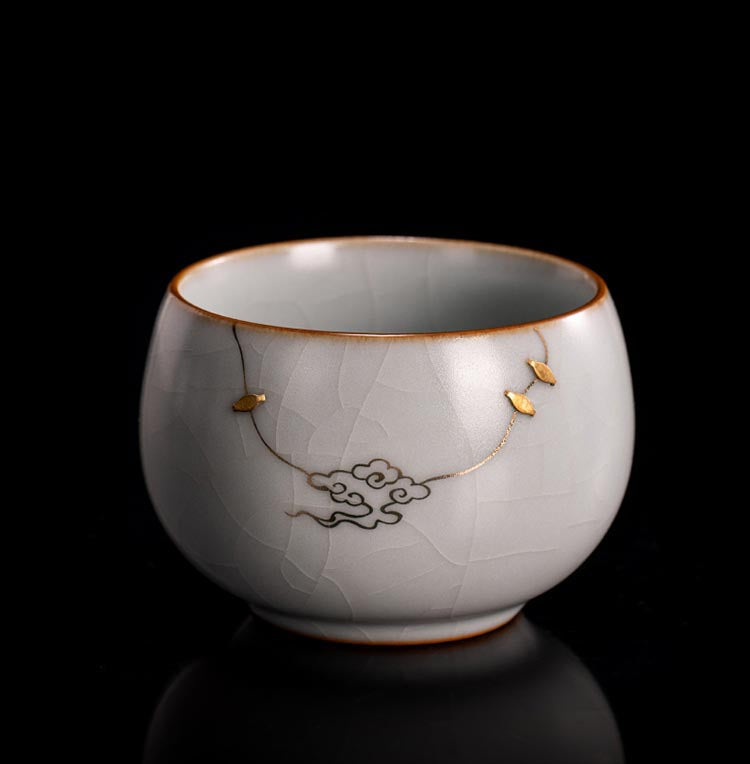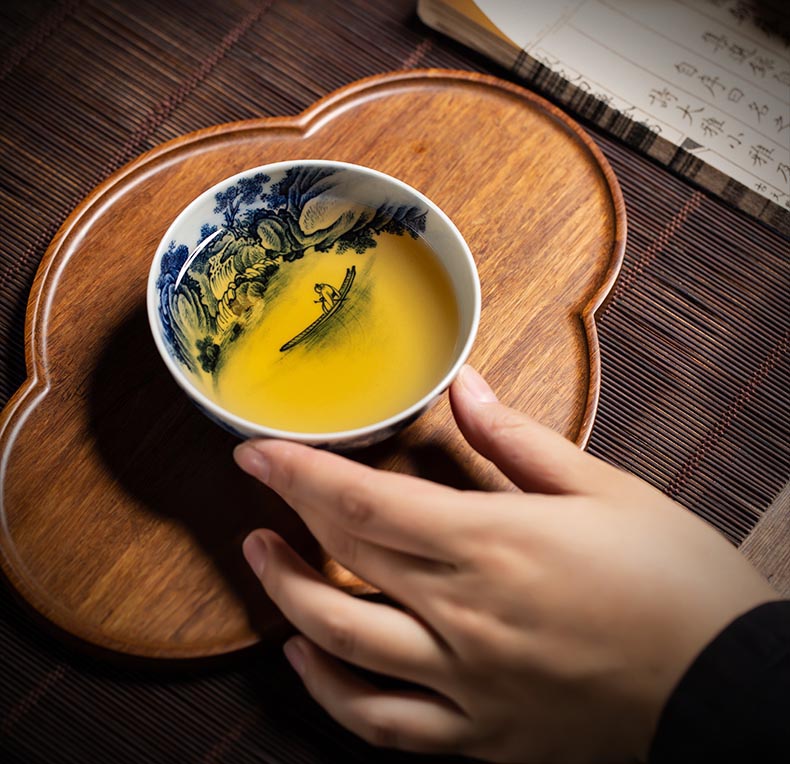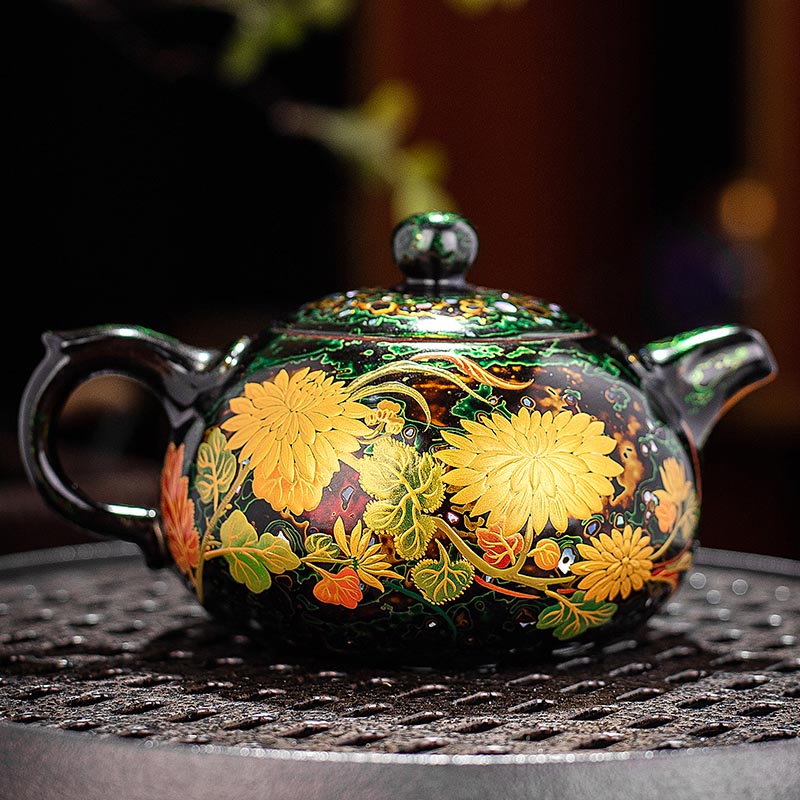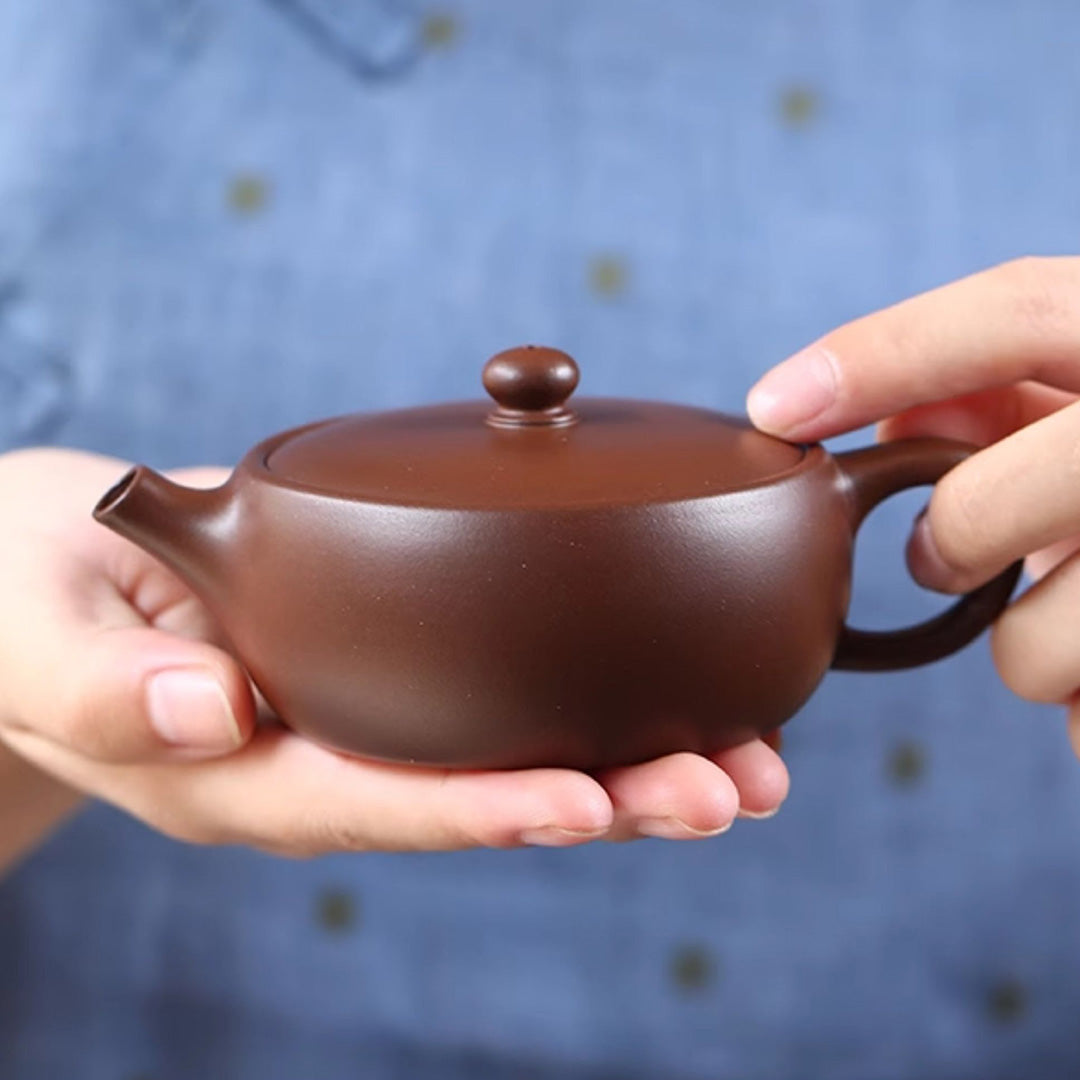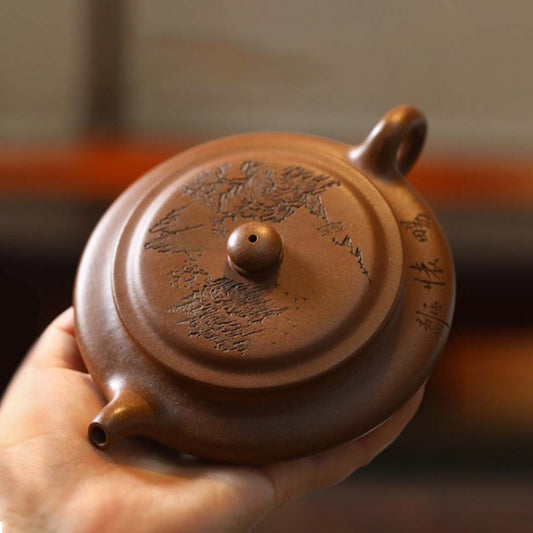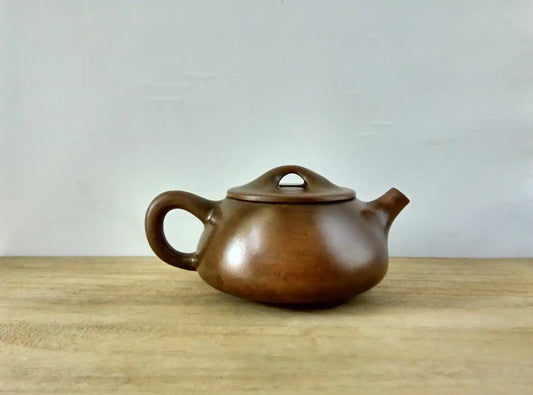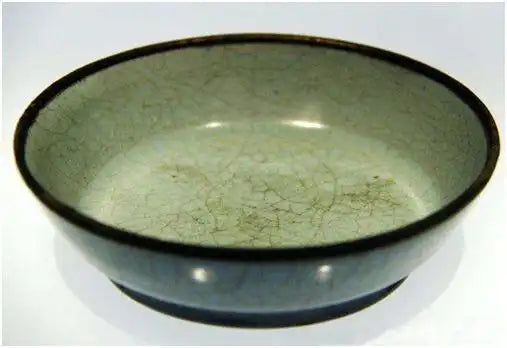A Japanese Kyusu Teapot Elegance in Small Moments
A Japanese Kyusu Teapot Elegance in Small Moments
In a quiet corner of my kitchen, there sits a small, unassuming vessel — my trusted kyusu teapot. Unassuming, yet it holds stories of Japan’s tea traditions, vibrant craft, and intimate gatherings. The kyusu, with its distinctive side handle, is often associated with brewing green tea, but its charm extends well beyond any single leaf it infuses.
The distinguishing feature of a kyusu teapot is its side handle, or yokode, which is quite practical when pouring tea with precision. This design traces back to the Edo period when tea preparation was an art form, an act of grace and intention. The handle allows for easy swiveling of wrists, making it perfect for serving tea in small, deliberate amounts — a gesture that emphasizes hospitality and mindfulness.
Craftsmanship plays a central role in the allure of the kyusu. Typically crafted from clay, each teapot carries the mark of its creator's hand, a creator who might have studied their craft for decades. Depending on the region, the clay imparts different qualities to the kyusu. Tokoname-yaki, for instance, is famous for its deep, earthy red clay, which subtly changes the flavor of the tea. Such nuances in flavor are cherished by enthusiasts who appreciate the subtle dance between the earth and the brew.
The process of making these teapots is meticulous, rooted in tradition yet adaptable to the potter's personal style. Some artisans employ intricate carvings, while others prefer a minimalist approach, allowing the simplicity of form and color to speak volumes. It's said that no two kyusu teapots are alike, each carrying with it the individual personality of its maker. Holding a kyusu, you can sense the weight not just of the clay but of the potter's dedication that's been shaped and fired into each piece.
Using a kyusu is not merely a means to an end; it is an experience unto itself. When I lift the lid and watch the tea leaves swirl to life in the warm water, there's a moment where time seems to pause. The brew takes on a life of its own — a dance of color and aroma that's both calming and invigorating. The tea that emerges is more than a drink; it's a connection to centuries of practice, a whisper from the past enjoyed in the present.
In a world that often feels rushed, using a kyusu reminds me to slow down and appreciate tea as more than a beverage. It's easy to become enamored with the aesthetics or the quaint ritual of it all, but what draws me back continually is the silence and calm it brings to my day. The kyusu isn't just a vessel for tea; it's a vessel for mindfulness, an invitation to pause and savor life's simplest pleasures.
In those quiet moments with my kyusu, I've come to understand that some of life's richest experiences are found in the smallest details. There’s something deeply satisfying about brewing tea in a pot that holds so much history in its clay — a connection that bridges cultures and centuries in the span of a single, serene cup.


